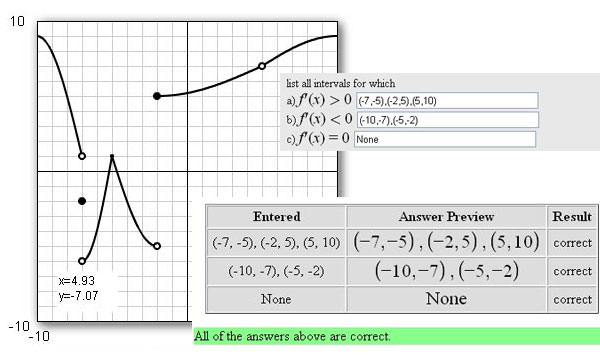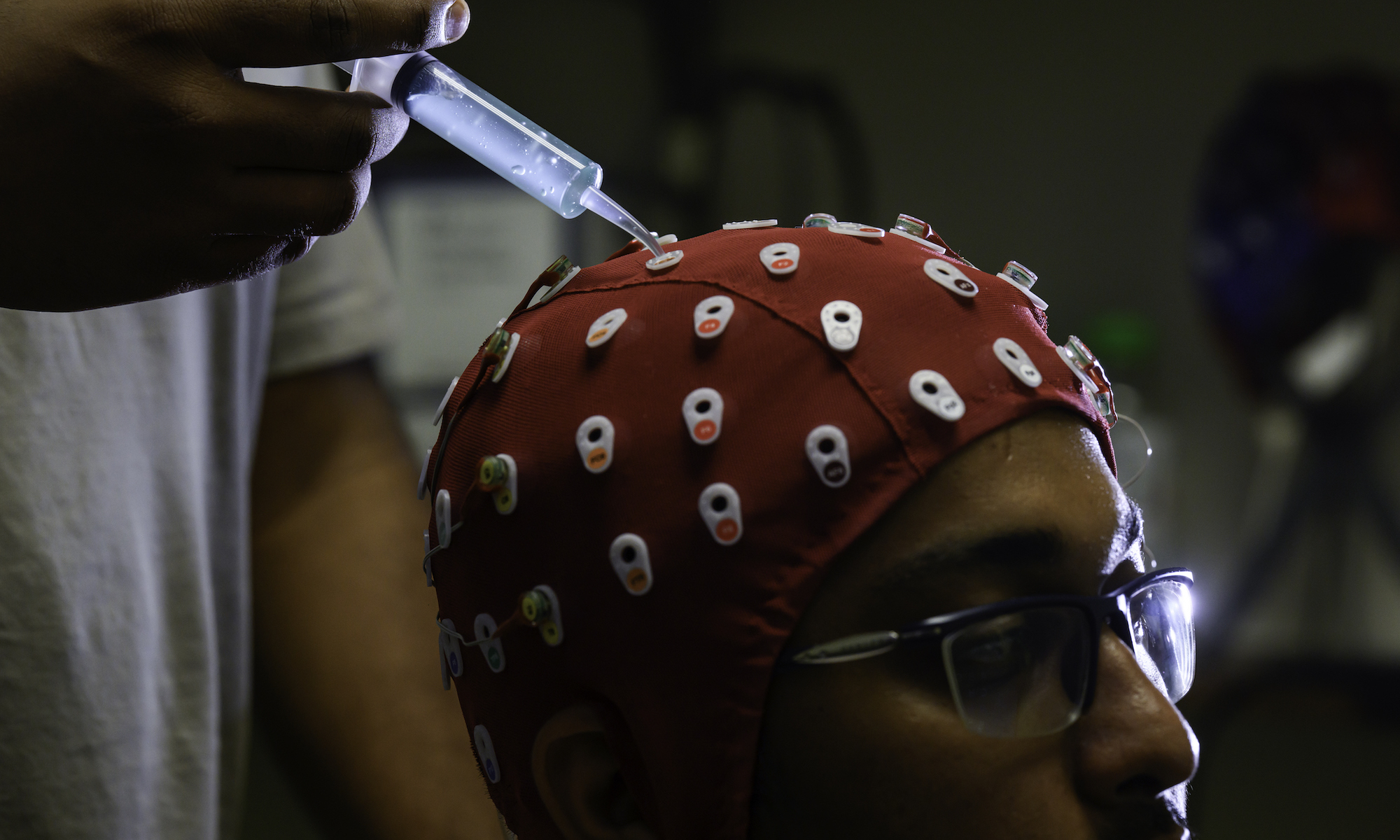Two Rochester professors, Arnold Pizer and Michael Gage, had a bold idea 20 years ago: undergraduate students would learn more from their homework if they received immediate feedback. That revelation motivated them to develop WeBWorK, one of the first web-based homework systems for math and science. And in recognition of their innovation, the American Mathematical Society (AMS) has honored Pizer and Gage with its 2016 Award for Impact on the Teaching and Learning of Mathematics.
“We used to assign homework, then give quizzes based on that homework,” said Pizer. “When students received the corrected homework a week or two later, they were more interested in doing their next assignment than figuring out what they did wrong on the old assignment.”

The impetus for WeBWorK was supplied by Frank Wolfs, a professor of physics at Rochester, who encouraged Gage to use the CAPA educational network, which was developed at Michigan State University.
“CAPA didn’t work well for math problems,” said Gage. “Plus, it required the use of a NExT workstation computer, and, even then, only 20 students could use it at one time.”
Instead, Pizer and Gage struck out on their own and developed WeBWorK, which was launched in 1996. The idea was to have students do their homework online and get immediate feedback, which included having the opportunity to correct mistakes while they’re still thinking about the problems.
Not only is the homework graded immediately by the online program, professors get up-to-date information on individual performance, helping them better identify students who are in need of assistance.
Once it was developed, one question remained: what do you call it? They liked the name Webwork—a combination of the Web and homework—but an Internet search turned up numerous references to webworks and webwork. They wanted something unique, so they copied the mixed case styling found in the names TeX and LaTeX, a typesetting system and a document preparation system, respectively.
WeBWorK may have begun at Rochester, but its impact is being felt far beyond campus.
“From the very beginning, we wrote the software intending that it be used by math departments across the country,” said Gage. “Within the first two years, WeBWorK was being used experimentally at a number of universities in the U.S.”
Today, WeBWorK is being used at more than 700 colleges and high schools—not just in the U.S., but also abroad.
Pizer and Gage believe WeBWorK has been a factor in improving student performance in math, though they readily acknowledge that much of the evidence is anecdotal.
“Gathering iron-clad data about long-term learning is difficult,” said Gage, “but it’s something the academic community is working on.”
The citation for the award given to Gage and Pizer addresses the reasons WeBWorK has improved student performance in math. As explained by James Glimm, a former president of the AMS: “The key mechanism for this improvement seems to be that the students find their homework to be far more rewarding and do more of it, and, not surprisingly, do learn more.”



